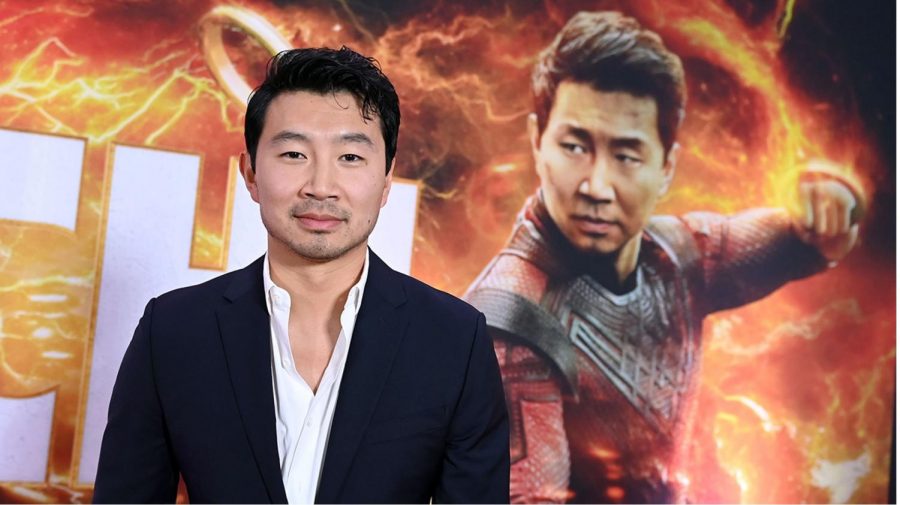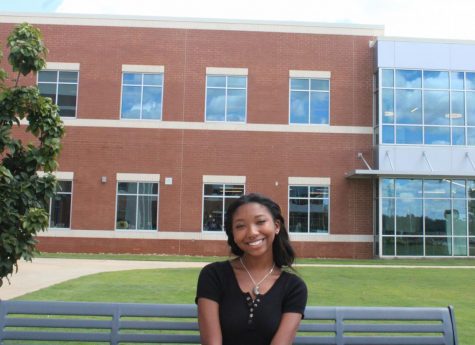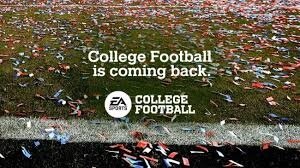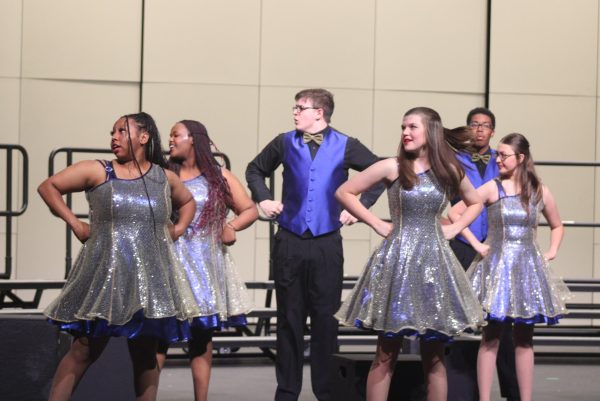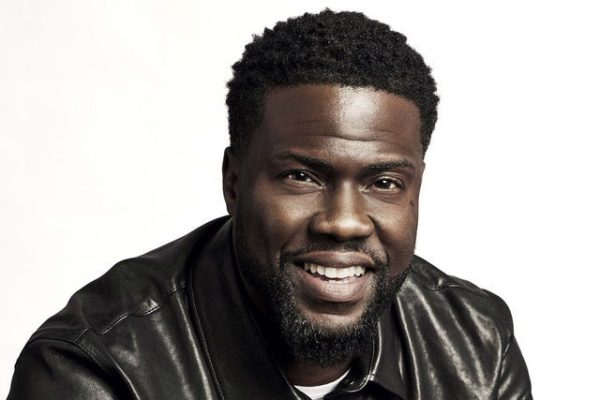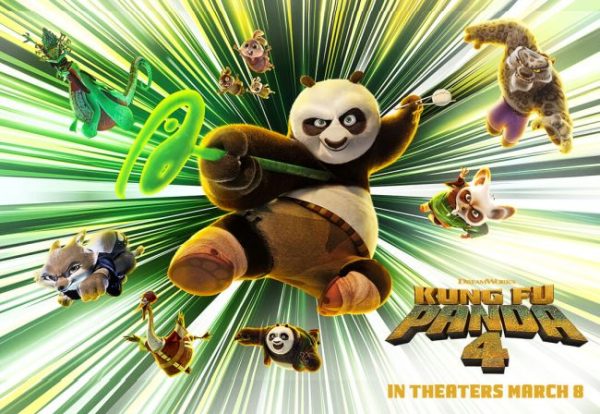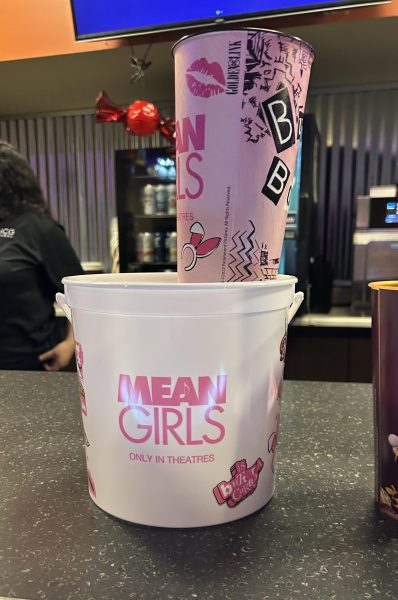Asian Representation in Film
Asian Americans set their place in the spotlight
Photo courtesy hollywoodreporter.com
Simu Liu, Shang-Chi and the Legend of Ten Rings’ protagonist, at Toronto’s ‘Shang-Chi’ premiere
September 21, 2021
Western film has been around since the early 20th century, however, the history of Asian representation in those films is bleak. There has been a lack of representation of Asian diversities and cultures in Hollywood movies. A recent study by the University of Southern California’s Annenberg School for Communication and Journalism shows that Asian Americans represent only one percent of all leading roles in Hollywood.
Just recently, over the past decade, Asian Americans have become show-runners, studio executives and producers; they’ve formed united groups to uplift one another and their stories.
Shang-Chi and The Legends of Ten Rings is Marvel Studio’s first Chinese-U.S. cross-cultural superhero film. The movie is a landmark for Asian representation in Hollywood. Not only does the movie incorporate elements of Chinese culture and include dialogue in Mandarin Chinese, but also provides many younger East Asian children with a new perception of superheroes on screen look as well.
Joseph Collins (11) is a Japanese American who feels as if film hasn’t served much justice to Asian Americans in the past, but new movies shed more light on how he feels Asian Americans should be represented.
“I don’t feel like there are enough Asian movies. However, Shang-Chi has put a good image on us. It was an amazing movie and seeing a predominantly Asian cast made me feel seen,” Collins said.
In recent years, Asian American stories like Crazy Rich Asians, The Farewell and Minari became breakout hits; additionally, a South Korean film, Parasite, won Tinseltown’s biggest award, the “Best Picture” Oscar.
However, Western film rarely focuses on other Asian ethnic groups. Cultural representation in media, especially in film, is vital when it comes to personal identity. Since Asian Americans are so diverse, it’s important to broadcast their various cultures and ethnicities in order to make the wide spectrums of Asian American diversity signified.
Selena Mok (11) believes that Asian Americans aren’t well-represented at all, and if they are represented, only a specific ethnicity is portrayed.
“Western movies don’t have much representation when it comes to Asians. The only Asian representation in American film primarily derives from Chinese culture. I am Cambodian, and my culture is rarely represented. Nor are Thai, Laos and Filipino people being represented as well as other Asians,” Mok said.
Shannon Um (11) also feels as if Asian Americans are unseen in film, aside from traditional East Asians, like Japanese and Chinese cultures.
“As a Cambodian, I do not feel represented in movies. I can count on one hand the Asian actors in Western movies who made an impression on me. I always see more East Asians like Chinese, Japanese and Korean cultures represented over other Asian cultures and ethnicities like southeast Asians,” Um said.
In an interview with Arizona State University, Karen Leong, an associate professor of Women and Gender Studies and Asian Pacific American studies in the School of Social Transformation, emphasizes that Asian American ethnicities aren’t equally depicted in Western film.
“Hollywood often erases Asian American identity, this population group is often viewed as a monolith, blurring their individual ethnic identities,” Leong said.




